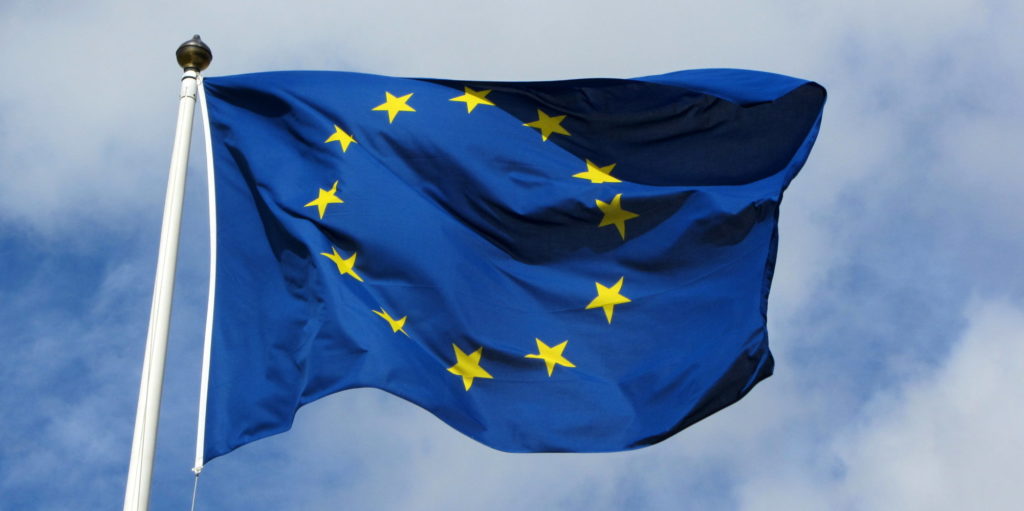Many in the industry have rejoiced at the news the European Commission will end minimum import prices (MIPs) for solar PV cells and modules from China, Taiwan and Malaysia, at midnight on September 3.
Josefin Berg, analyst at IHS Markit tells pv magazine that they expect module prices in Europe to decline for new contracts by as much as 30% in the coming weeks.
“For project developers and EPCs, such a cut will immediately drive down total project system costs and the corresponding LCOE and raise project margins for already contracted projects,” she says.
Bloomberg NEF's head of solar, Jenny Chase tells pv magazine that since the absolute MIP was US$0.30 for multicrystalline modules, and $0.35 cents for monocrystalline modules as of the end of July, she believes the price drop will be less than 30% “because nobody was paying this much (they were using South-east Asian modules).”
She continues, “We expect multi prices by the end of the year to hit about 24 US cents. But a % drop is always subject to the question of what you are taking as a baseline.”
Last week, Taiwan-based EnergyTrend said it had observed a further reduction of solar cell prices, especially in the segment of high-efficiency mono-crystalline cells. Following the discontinuation of MIPs, a new price war will entail, it said. In particular, solar cells originating from China will create direct competition with those originating from Taiwan.
Today, Berg said that the biggest impact of the decision will be to spur 40% year-on-year growth in new PV installations in Europe in 2019. “In particular the developers of large utility-scale projects under development in Southern Europe, both under government programs and with private PPAs, will benefit from the increased competition among suppliers,” she says.
In IHS Markit’s latest PV Installations Tracker, which was published in June, the analysts had already assumed, as the most-likely scenario, that the MIP would not be extended after September. “So we keep with our forecast for PV installations in Europe which is about 12 GW in 2018 and 17 GW in 2019,” says Berg.
Competition is also set to intensify for module sales to Europe. “South East Asia manufacturing capacity will lose its competitive advantage on the European market, as imports from China will increase. The only clear market left for South East Asia capacity will be the United States, and possibly India depending on the evolution on import tariffs for Chinese modules and cells,” she continues.
She couldn’t say, however, how much of U.S. or Indian demand could now be met with SE Asia modules.
Watershed moment
Long a vocal challenger of the tariffs, association SolarPower Europe has hailed the decision, calling it a “watershed moment”, and a “new solar age” for the European solar industry.
“By removing the trade duties, the European Commission has today lifted the single biggest barrier to solar growth in Europe, President, Dr Christian Westermeier said in a statement released.
CEO, James Watson added, “The trade measures have made solar much more expensive than necessary in Europe, by removing them, solar will now be cheapest form of electricity in many EU countries – this means that many more consumers and national governments will be able to invest in solar.”
He went on to say that the removal of the measures will also serve European manufacturers along the entire value chain. “This decision coupled with a strong industrial strategy as proposed through the European Commission's Clean Energy Industrial Forum will also undoubtedly increase the amount of solar products made in Europe,” he said.
On August 24, when it became increasingly clear the MIP would end, EU ProSun, which has been equally vociferous in its fight to keep the tarfiis, stated, “Today, solar energy is already the cheapest source of electricity in Europe. It will not get cheaper if the current anti-dumping measures expire. It will only be that importers' margins will increase a little. But, the damage to the manufacturing industry – and indeed the whole value chain – will be devastating.”
The article was updated on 04.09.2018 to include comment from Bloomberg NEF.
This content is protected by copyright and may not be reused. If you want to cooperate with us and would like to reuse some of our content, please contact: editors@pv-magazine.com.




It is really good news that MIPs are ended. This was not good idea from its very beginning and it did lots of harm to the EU market. Those who wanted were not obeying the law and this was not fair to most of the good companies. Without MIPs we would have much more PV systems in Europe.
It is good decided to cut MIP now by competition Europe solar panels price deciline more than 30% and south East Asian countries will gate original solar panels on low rate